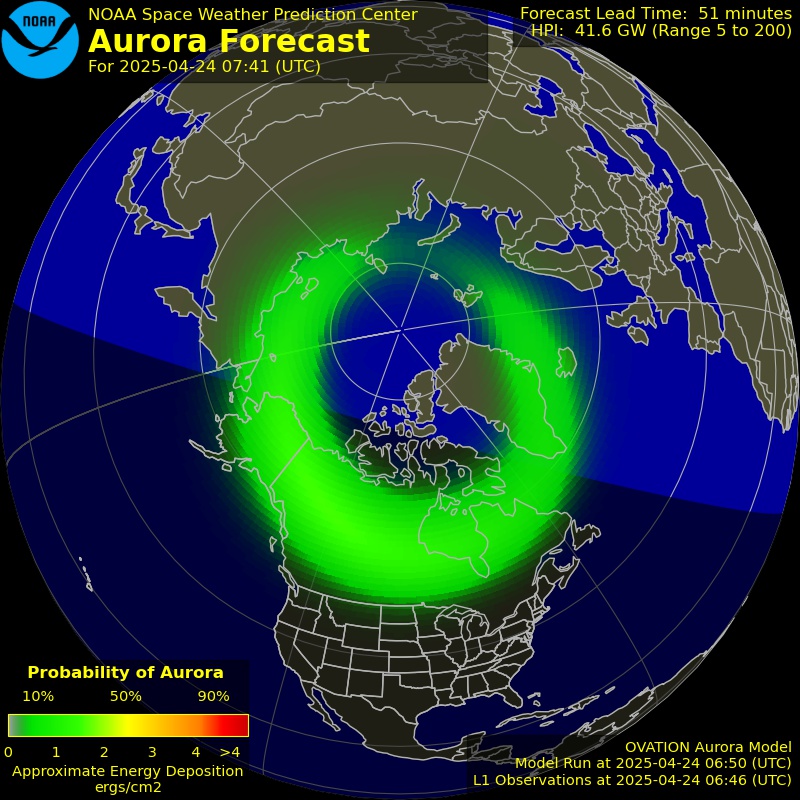Tapping Tradition: The Grand Portage Sugar Bush
Apr 16, 2025 08:18AM ● By Content EditorCommunity members gather in the Grand Portage Sugar Bush. All photos by Haley Brickner
By Haley Brickner - Boreal Community Media - April 16, 2025
In Grand Portage, the arrival of spring is marked by the steady drip of maple sap. The sugar bush, an Anishinaabe tradition that has endured for generations, comes alive each year as community members, students, and elders gather to harvest from the land.
Historically, the sugar bush was more than a harvest: it was a seasonal way of life. Erik Redix, Ojibwe Language Coordinator for the Grand Portage Band, explained that Ojibwe families would relocate inland from their winter camps to live in maple groves for several weeks, collecting sap and boiling it into syrup and sugar. This stretch of early spring marked the beginning of the gathering season, when extended families reunited after wintering in smaller units. Temporary shelters were built, and everyone, from elders to children, played a role. Though that lifestyle has shifted over time, communities like Grand Portage are keeping the practice alive.
On a recent visit to Grand Portage, the sugar bush was active despite the lack of sap. Two different groups of students were on site, along with staff from the Grand Portage National Monument and other community visitors. Unusual weather patterns had disrupted the freeze-thaw cycle that drives sap production, leaving the taps nearly dry on this day. Students collected what they could, then pitched in by hauling firewood and helping with other tasks. They also gathered around the fire to talk and to listen. The scene captured the heart of the sugar bush experience: a place where learning happens through doing, where knowledge is shared, and where community shows up regardless of the weather.
Sap is poured into a bucket to be turned into maple syrup or candy later.
That intergenerational learning was evident throughout the day as Erik Carlson, Grand Portage Band Member and Lead Fire Technician for the Grand Portage Forestry Department, moved between tasks and teachings. Carlson has been stewarding this sugar bush since the late 1980s and has seen former students return as adults, now bringing their own kids to learn and participate. While he holds forestry certifications through his work in wildland fire, much of his knowledge was passed down through family and decades spent in the woods. “This work blends traditional knowledge and science,” Carlson said. "Humans are part of the environment; the forest developed with people in it. When we’re removed, things fall out of balance.”
That balance has become harder to maintain in the face of climate change. Inconsistent freeze-thaw cycles have made maple syrup seasons increasingly unpredictable. Carlson also observed that sugar bushes which haven’t been tended in decades are more vulnerable to poor conditions. In contrast, interacting with the forest - walking the land, cleaning brush, thinning trees - helps support its resilience. For Ojibwe people, that kind of reciprocal relationship with the land is foundational to their culture.
The site itself is officially designated as an “educational forest” by the Grand Portage Land Use Committee. Roughly three acres in size, it’s used not only for maple syrup production, but also for learning activities and forest ecology demonstrations. Throughout the season, students from Cook County, Head Start, and Oshki Ogimaag Charter School come to help with every stage of the process - tapping, collecting, boiling, and cleanup.
Sap is boiled down into maple syrup.
Much of the educational connection is thanks to the late Delma Grandlouis, a beloved community member who helped build ties between the Grand Portage Band and the local school district. She was instrumental in bringing Cook County Schools' Native American Studies class into the sugar bush and other cultural activities in Grand Portage. “Delma was always so authentic and open, welcoming to all of the kids from all different backgrounds,” said teacher David Leichty, who was present with his class during the visit. Her granddaughter and son were also there, reflecting the lasting impact of her commitment to education, culture, and community.
Alongside the community-run educational site, some Grand Portage families continue to maintain their own sugar bush camps - many on land that has been tapped by their relatives for generations. These family sites represent a sustained, reciprocal relationship with the land. Keeping that relationship alive is more than just good forest management; it’s an act of sovereignty. The right to steward the land, speak the language, and pass down ancestral knowledge is central to tribal self-determination. Season after season, the sugar bush stands as a testament to the strength and resilience of the Grand Portage community.

